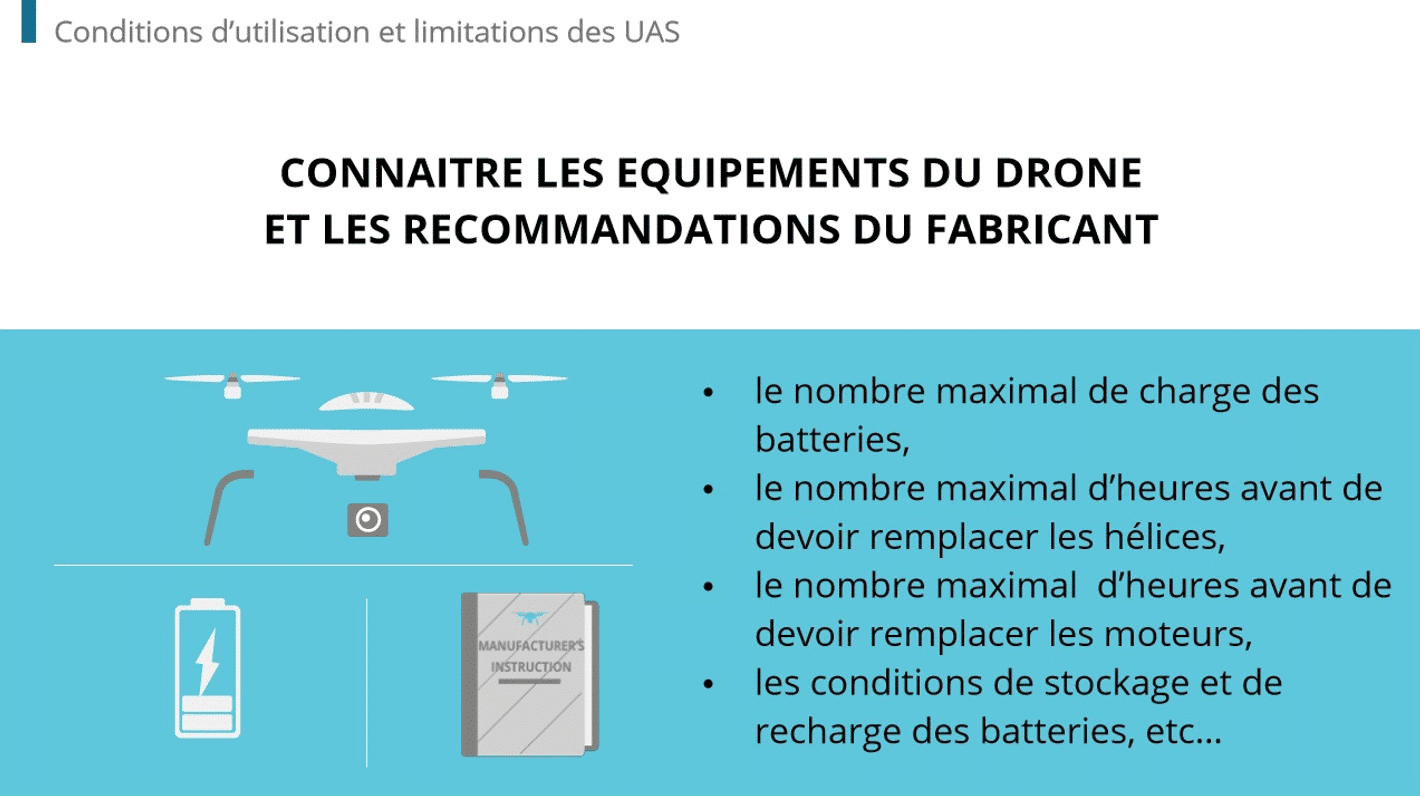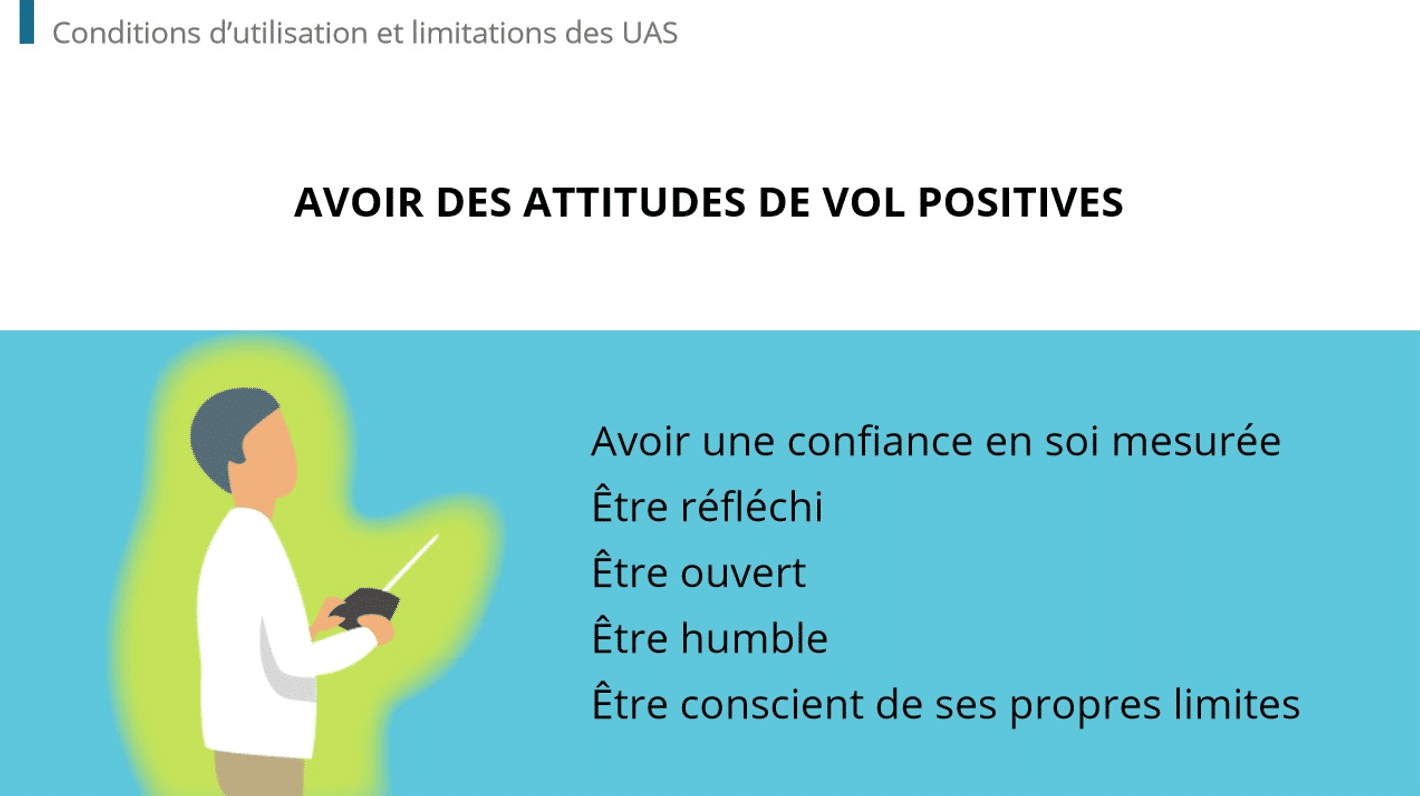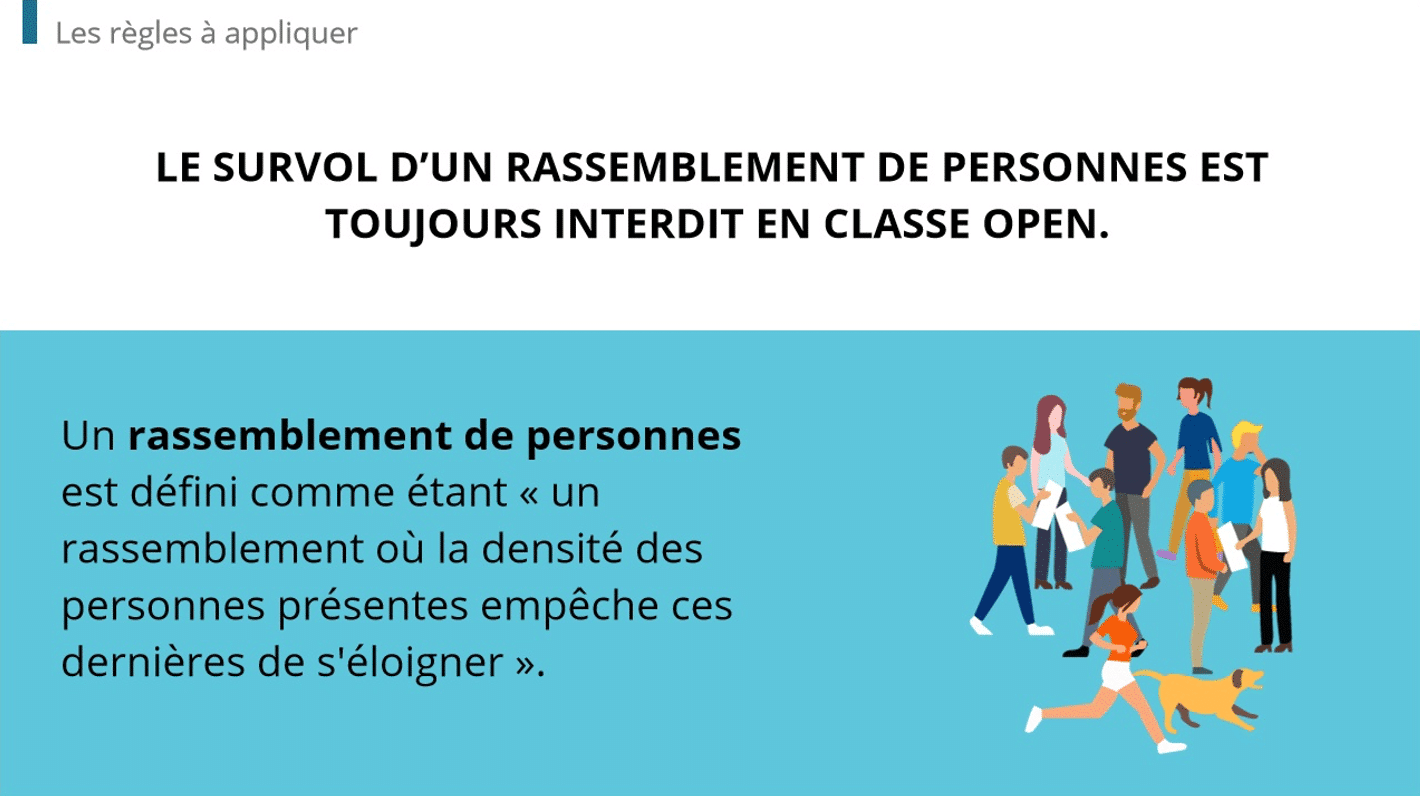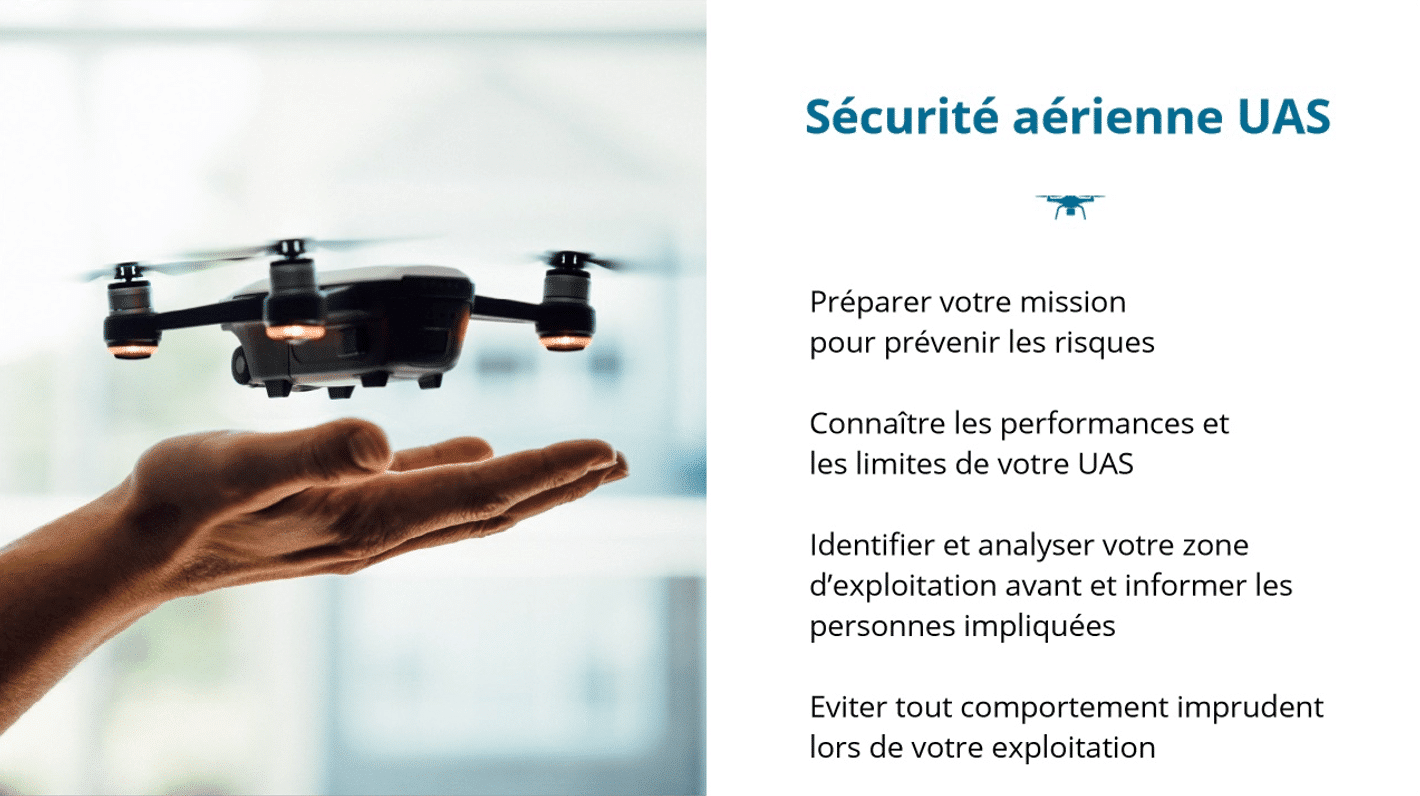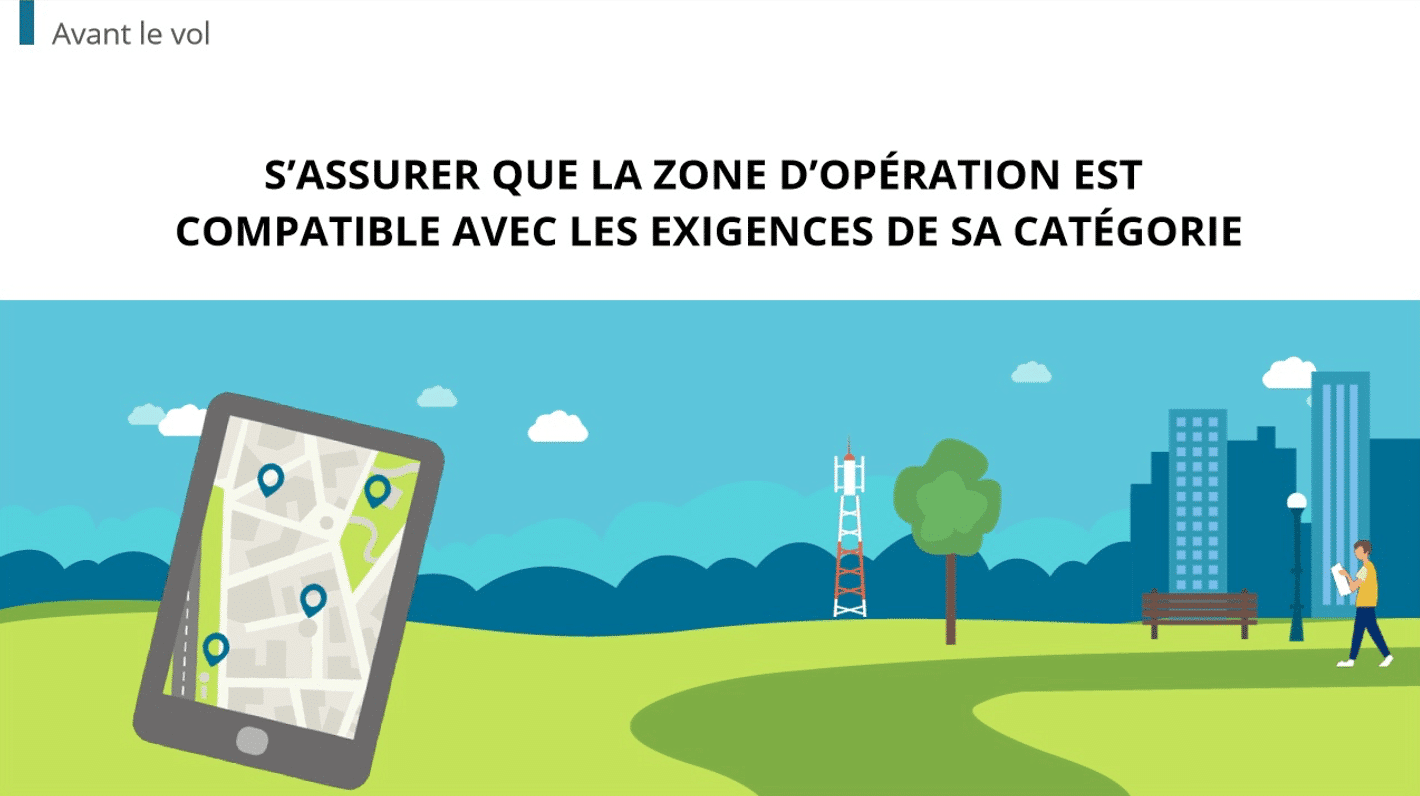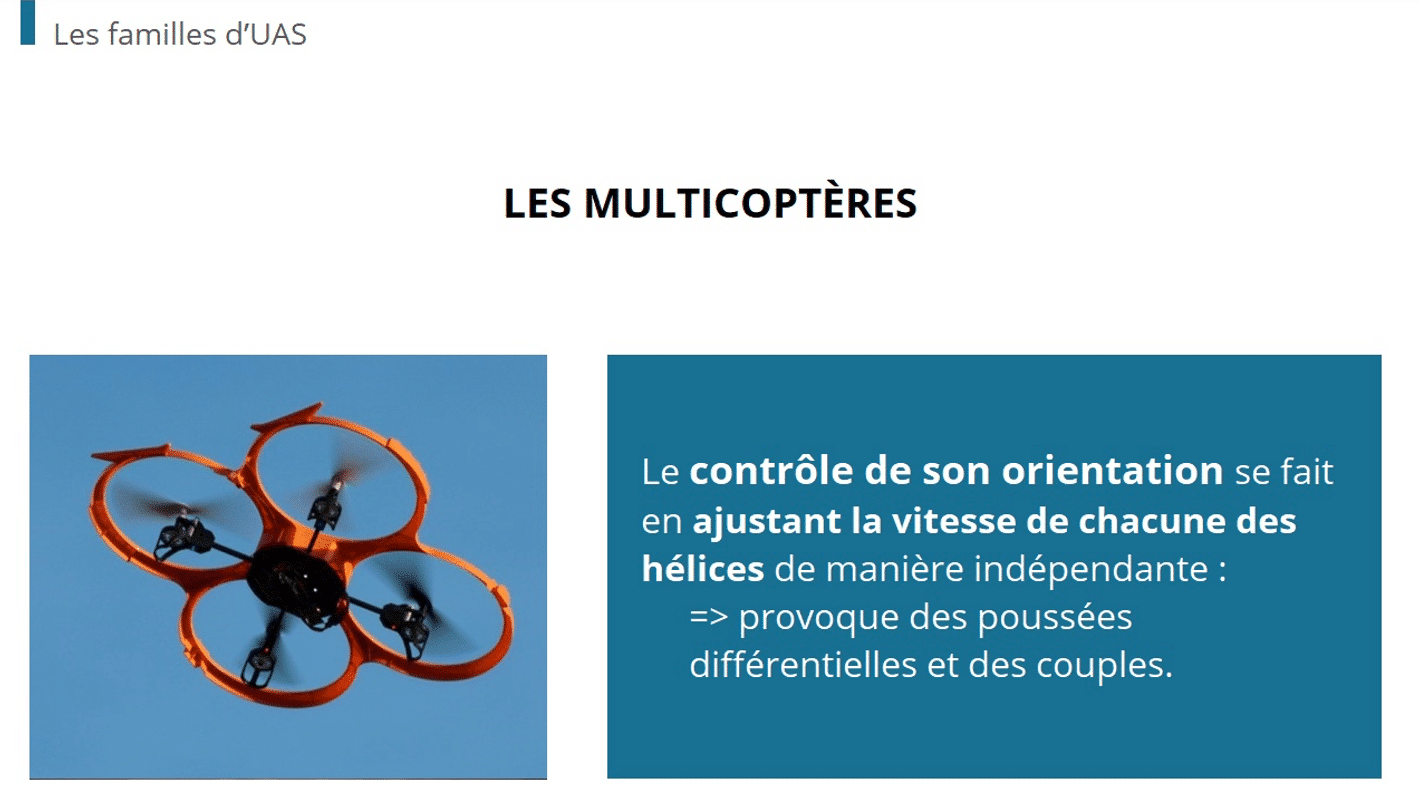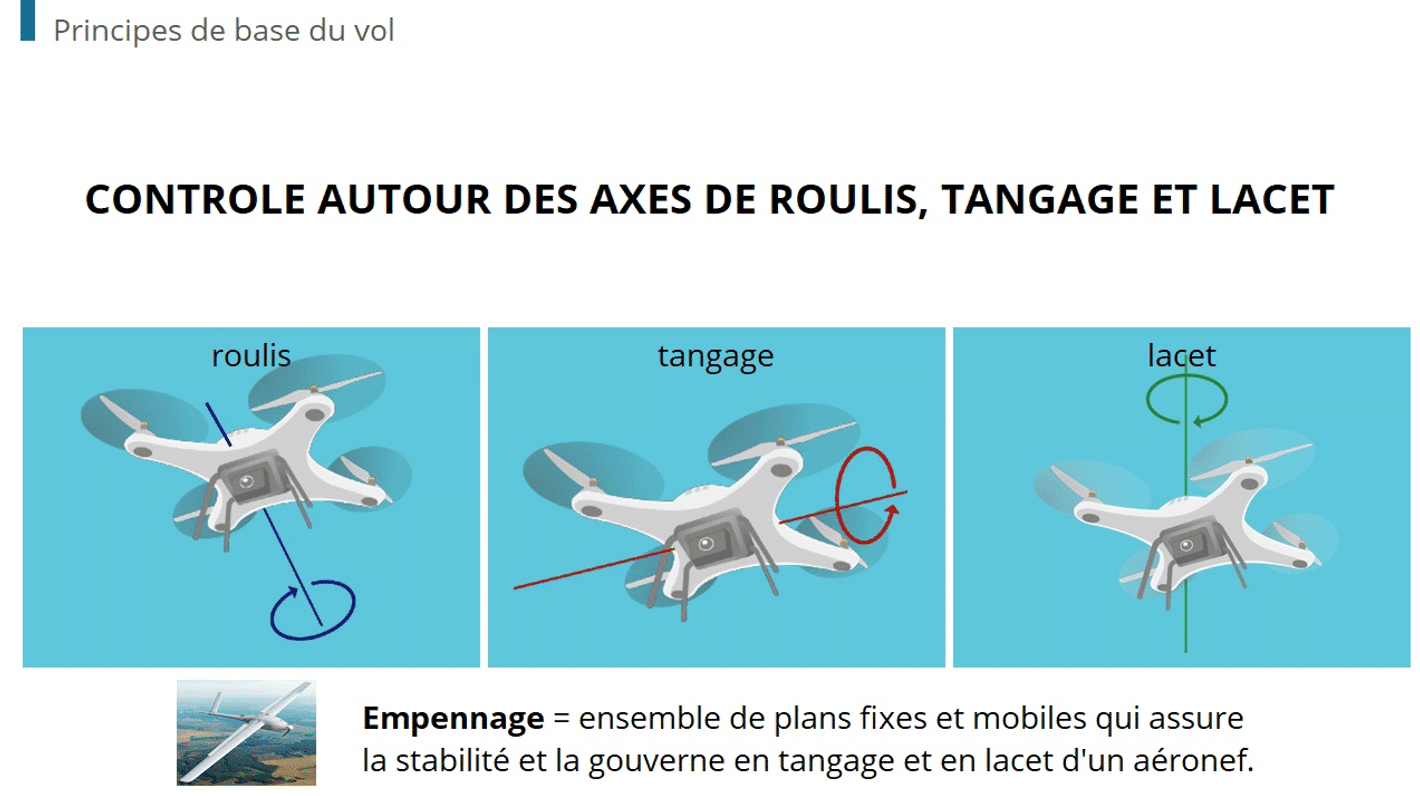FDA 21 CFR 11.10(a) explains that a validated system is required to guarantee the accuracy, reliability, and consistency of electronic records and processes. For pharmaceutical companies, validation is a non-negotiable requirement. How are systems validated? Does training content need to be validated?
This article unpacks the following subjects:
- What a validated LMS is;
- Why it matters; and
- What are the vital features that make an LMS reliable and compliant for the pharmaceutical industry?
Let’s dive in.
What is a Validated LMS?
The FDA 21 CFR Part 11.10 (a) explains: “Validation of systems occurs to ensure accuracy, reliability, consistent intended performance, and the ability to disconcern invalid or altered records.” What does this mean? Let’s break it down.
21 CFR Part 11.10 details the standards for closed systems (a type of computer system where access is limited and restricted) that create, manage, modify, and transmit electronic records. The standards under 11.10 have been designed to guarantee the integrity, authenticity, and confidentiality of electronic records.
Where does validation fit in?
To meet the standards of 11.10, the closed system you use needs to safeguard the integrity and authenticity of all electronic records.
For example:
Before a learning management system—or closed system—can be validated, it must undergo strict testing to ensure it meets the standards outlined in 11.10. This testing process proves to authorities that the system operates as intended and maintains accurate, reliable, and consistent records.
Why does validation matter?
A validated learning management system (LMS) assures regulatory bodies, clients, and patients that your systems operate consistently and compliantly. This confirms that training records and data management are accurate and reliable and safeguards your business from compliance risks.
How is an LMS validated?
Validating a learning management system is a systematic process that ensures the platform performs as intended and according to regulations. Here is a basic overview of the validation process:
- Define User Requirements Specification (URS); these are the needs and objectives of your pharmaceutical company.
- Perform a risk assessment to identify potential system vulnerabilities or compliance risks, such as unauthorized access or errors in training records.
- Develop a comprehensive validation plan, which will include:
- The scope of validation
- Specific testing to be conducted
- Acceptance criteria for each test
- The roles and responsibilities of validation team members
- Run Installation Qualification (QA)—this verifies the LMS is installed correctly and according to the vendor’s specifications.
- Perform Operational Qualification (OQ)—that tests the LMS’s functionality under various different conditions.
- Administer Performace Qualification (PQ)—tests the LMS in a real-world environment to confirm its reliability under normal day-to-day operating conditions.
- Most importantly, you need to document this validation process to prove compliance during audits. This includes:
- Your validation plans and protocols
- Testing scripts and results
- Risk assessments and mitigation measures
- Validation reports recording the outcomes
- Lastly, validation is not a one-time process but requires ongoing reviews, system updates, and revalidation to guarantee the LMS stays compliant with regulations and company needs.
Dokeos Software Requirements Gathering Guide
Installing new software (including an LMS) and integrating it into your tech stack requires a rigid structure—and process—to ensure compliance and operational efficiency are maintained. The initial step is Computerized System Validation (CSV), which verifies that your current tech stack complies with regulatory requirements.
CSV validates that cloud-based solutions uphold the same integrity as traditional paper records. To maintain reliability, traceability, and security, digital systems must meet equivalent compliance standards. We take a customized approach to CSV, ensuring all software features undergo thorough validation to meet both regulatory standards and operational requirements. We structure our services to optimize validation, ensuring quality and compliance are integrated throughout the software lifecycle.
Do you know how to conduct a requirements survey? Dokeos’s Software Requirements Gathering Guide helps you identify and prioritize the features your company needs to maintain compliance without compromising your quality control processes.
By choosing an LMS like Dokeos—specifically designed to integrate seamlessly with your operations—you can avoid unnecessary operational challenges.
Dokeos: Tailored Validation for your Needs?
Dokeos is a validated solution for the pharmaceutical industry. Our system is purpose-built to meet FDA requirements for training, 21 CFR Part 11, and EU Annex 11. We provide a customized approach to Computer System Validation (CSV), guaranteeing that your LMS is not only validated but also optimized to meet your specific operational needs.
Our learning management system (LMS) goes beyond compliance, offering an integrated authoring tool, that is SCORM, HTML5, and LTI compatible. You can design end-of-course and regulatory evaluations, ensuring you deliver customized certificates.
Additionally, our system promotes collaboration via co-creation options and contextual forms. To deliver training in an engaging manner, try our virtual classes and webinars. Evaluate your training effectiveness with online satisfaction surveys.
Are you looking to integrate our LMS into your company confidently? Schedule a free demo with one of our consultants.
FAQs
Why do systems need to be validated?
Closed systems like learning management systems (LMS) need to be validated to be compliant with FDA 21 CFR part 11, as well as to provide assurance to clients, stakeholders, and patients that you have taken steps to provide accurate, reliable, and trustworthy data.








